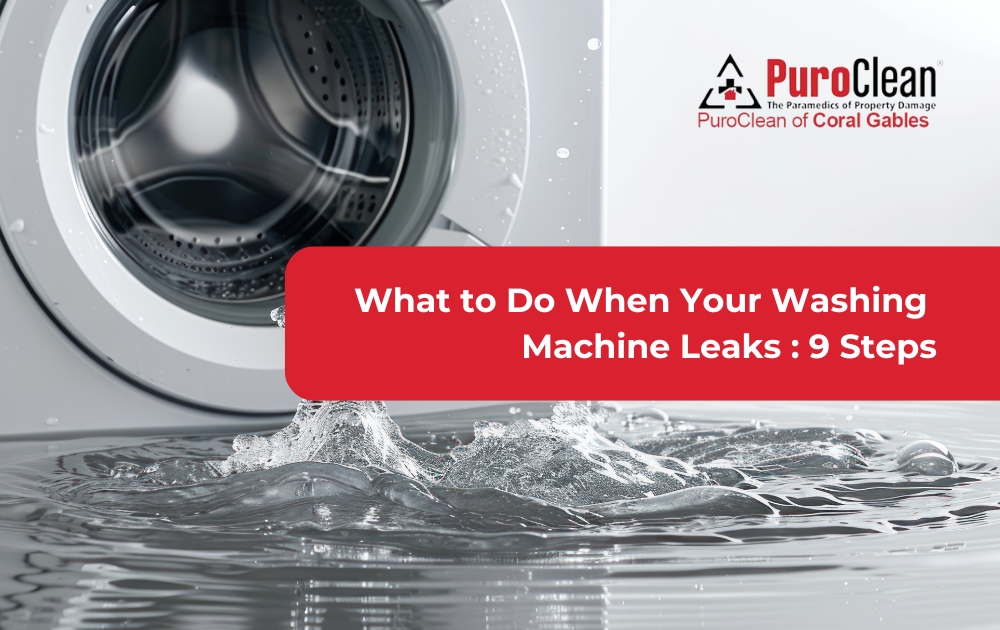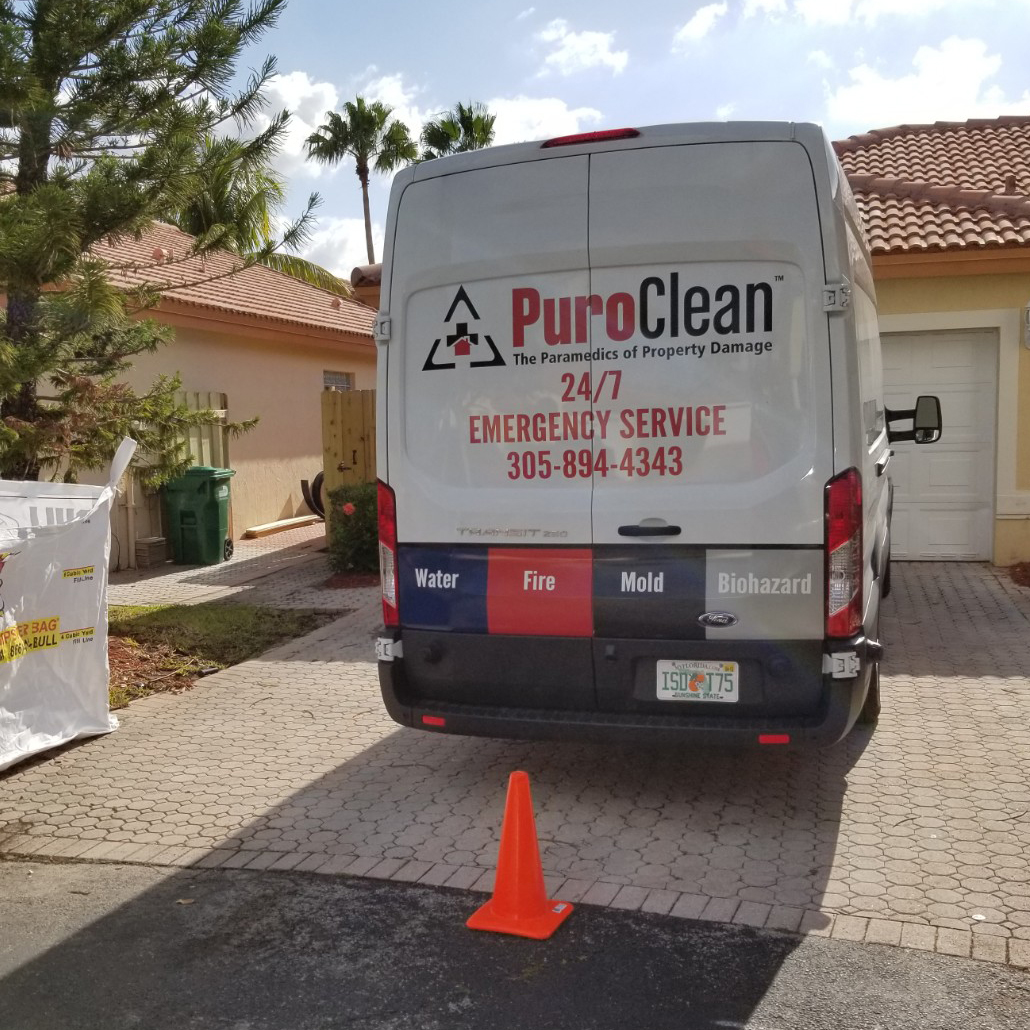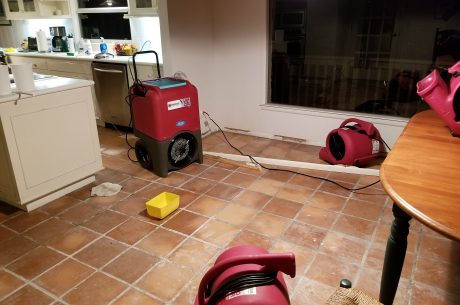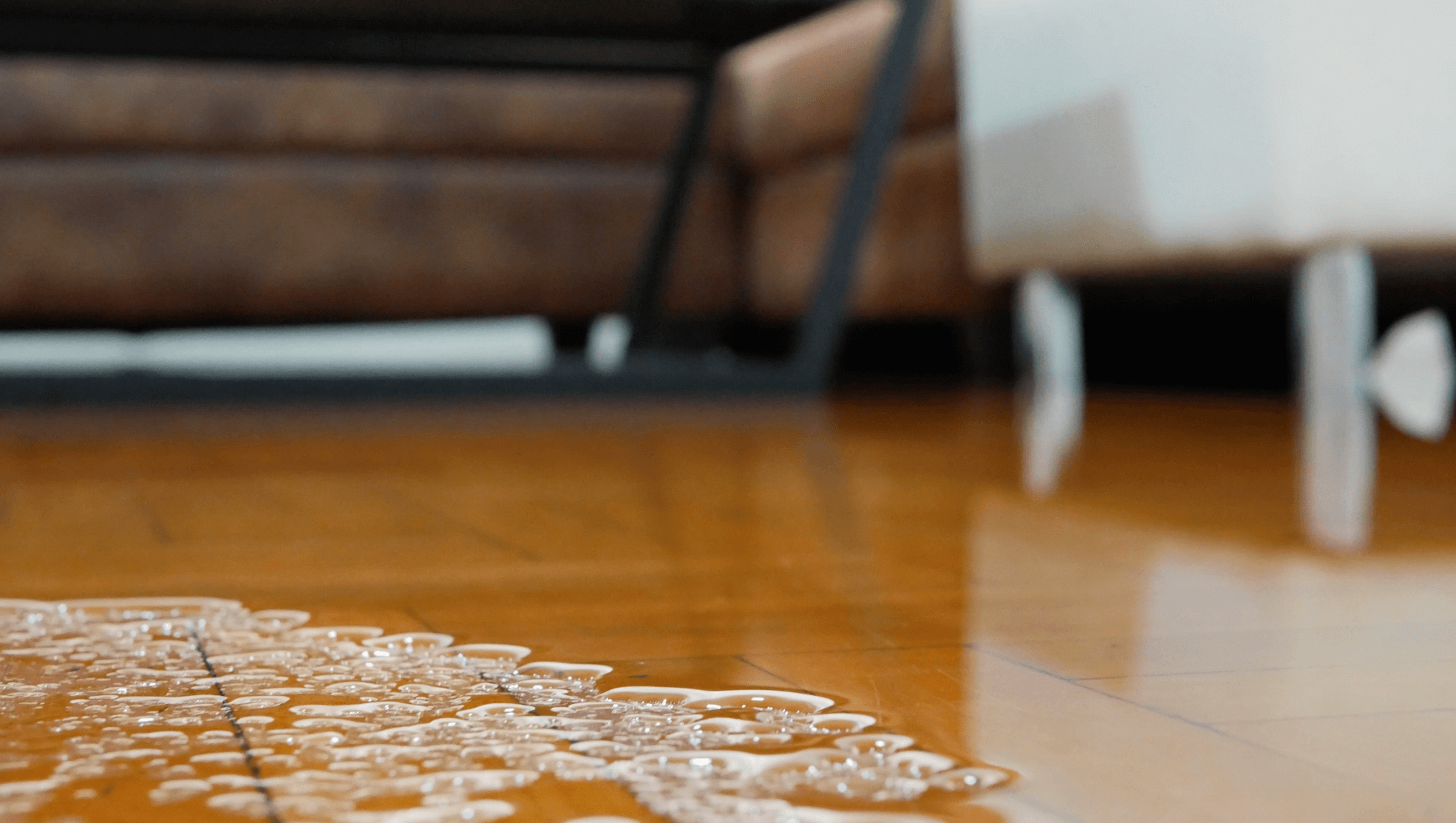Table of Contents

A washing machine is a household essential, making our lives easier by handling the mundane task of laundry. However, when washing machine leaks occur, it can quickly turn from a helpful appliance into a source of stress and potential damage. Whether it’s a small trickle or a full-blown flood, knowing how to respond promptly can save you from costly repairs and extensive water damage. In this comprehensive guide, we’ll walk you through the immediate steps to take when your washing machine leaks, ensuring you minimize damage and restore your home to normal.
What to Do When Your Washing Machine Leaks
1. Stop the Washing Machine Immediately
As soon as you notice that your washing machine leaks, the first step is to stop the machine. This prevents more water from escaping and gives you the opportunity to assess the situation without the worry of continuous water flow. If your machine has a “Pause” or “Stop” button, use it. Otherwise, turn off the machine at the power switch.
2. Turn Off the Water Supply
To prevent further leakage, locate the water shutoff valves behind the washing machine and turn them off. These valves control the water flow to your appliance, and turning them off will stop any additional water from entering the washing machine. If you’re unable to access the valves or if turning them off doesn’t stop the water, you may need to shut off the main water supply to your home temporarily.
3. Unplug the Washing Machine
Safety is paramount when dealing with water and electrical appliances. Once you’ve stopped the machine and shut off the water supply, unplug the washing machine from the electrical outlet. This reduces the risk of electrical shock or short circuits, especially if water has reached the outlet or surrounding areas.
4. Assess the Extent of the Leak
Now that the immediate risk has been mitigated, it’s time to assess the situation. Determine where the water is coming from and how much has leaked. Check the hoses, connections, and the machine itself for visible damage or loose fittings. Common causes of washing machine leaks include:
- Damaged or loose hoses
- Clogged or malfunctioning drain pump
- Worn-out door seals or gaskets
- Overloading the washing machine
- Improper detergent use leading to excess suds
5. Clean Up the Water
Before the water has a chance to cause significant damage, begin the cleanup process. Use towels, mops, or a wet/dry vacuum to remove as much water as possible. Pay special attention to areas under and around the washing machine, as water can seep into flooring, baseboards, and walls, leading to potential mold growth and structural damage if not addressed promptly.
6. Inspect for Water Damage
After the initial cleanup, inspect the surrounding area for any signs of water damage. Look for warped or discolored flooring, damp carpets, or water stains on walls and baseboards. If you detect significant damage or suspect water has seeped into hidden areas, consider contacting a professional water damage restoration company on +1 305 894-4343 to assess and mitigate the damage.

7. Repair or Replace Damaged Parts
Once the immediate leak has been handled, it’s time to address the root cause. Depending on your assessment, you may need to repair or replace damaged hoses, seals, or other components. If you’re comfortable with DIY repairs, you can find replacement parts online or at a local hardware store. However, if you’re unsure of the cause or the repairs required, it’s best to call a professional appliance repair technician to handle the job.
8. Prevent Future Leaks
Preventing future washing machine leaks is key to avoiding repeated incidents. Here are a few tips to keep your appliance in top condition:
- Regularly inspect hoses and connections: Check for wear and tear, and replace any damaged parts as needed.
- Use the right detergent: Ensure you’re using the correct detergent for your machine to prevent excess suds and buildup.
- Avoid overloading the machine: Follow the manufacturer’s guidelines on load size to prevent strain on the machine and its components.
- Schedule regular maintenance: Consider having your washing machine inspected and serviced by a professional periodically to catch potential issues before they become serious problems.
9. Know When to Call a Professional
While some washing machine leaks can be easily fixed, others may require the expertise of a professional. If you’re unable to determine the cause of the leak, or if repairs are beyond your skill level, don’t hesitate to call a professional appliance repair technician. Additionally, if significant water damage has occurred, a water damage restoration company can help you properly dry and restore your home. Call us on +1 305 894-4343.
Conclusion
Washing machine leaks can be a major headache, but with quick action and the right steps, you can minimize damage and get your laundry routine back on track. By following this step-by-step guide, you’ll be well-prepared to handle any washing machine leak that comes your way. Remember, when in doubt, it’s always best to call in the professionals to ensure the issue is properly resolved.
By taking proactive measures and staying vigilant, you can keep your washing machine in good working order and prevent future leaks from disrupting your home.
For water damage repair or restoration in Miami, Coral Gables or any location in South Florida, call us on +1 305 894-4343. We are available 24/7 to respond to you!




 PuroClean of Coral Gables
PuroClean of Coral Gables